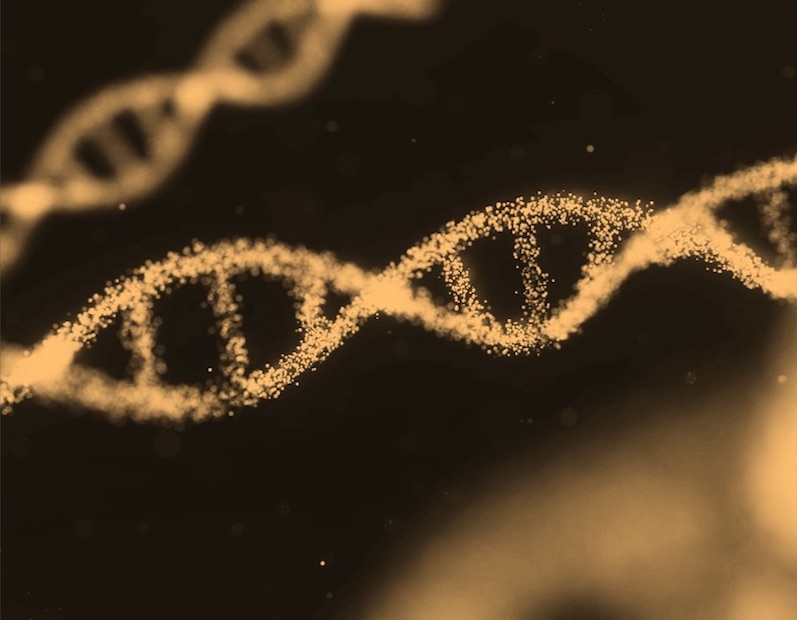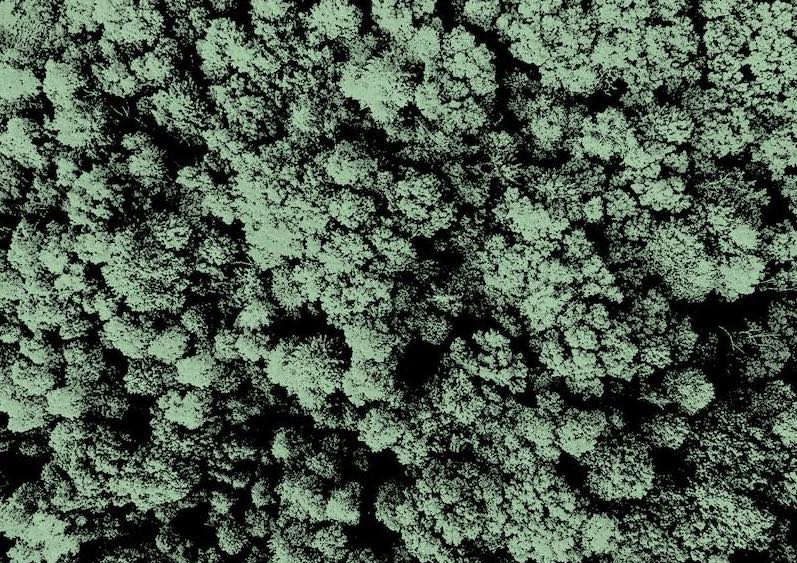What is it about?
The molecular structure of the title compound, C11H13N3S, is not planar: the maximum deviation from the mean plane of the non-H atoms is 0.521 (2) Å for an aliphatic C atom, which corresponds to an envelope conformation for the non-aromatic ring. The hydrazinecarbothioamide substituent and the benzene ring have maximum deviations from the mean planes through the non-H atoms of 0.0288 (16) and 0.0124 (27) Å, respectively, and the dihedral angle between the two planes is 8.84 (13)°. In the crystal, molecules are linked into chains along [1-10] by pairs of N-H...S hydrogen bonds between molecules related by centres of symmetry.
Featured Image
Read the Original
This page is a summary of: 2-(1,2,3,4-Tetrahydronaphthalen-1-ylidene)hydrazinecarbothioamide, Acta Crystallographica Section E Structure Reports Online, July 2012, International Union of Crystallography,
DOI: 10.1107/s1600536812033302.
You can read the full text:
Contributors
The following have contributed to this page








